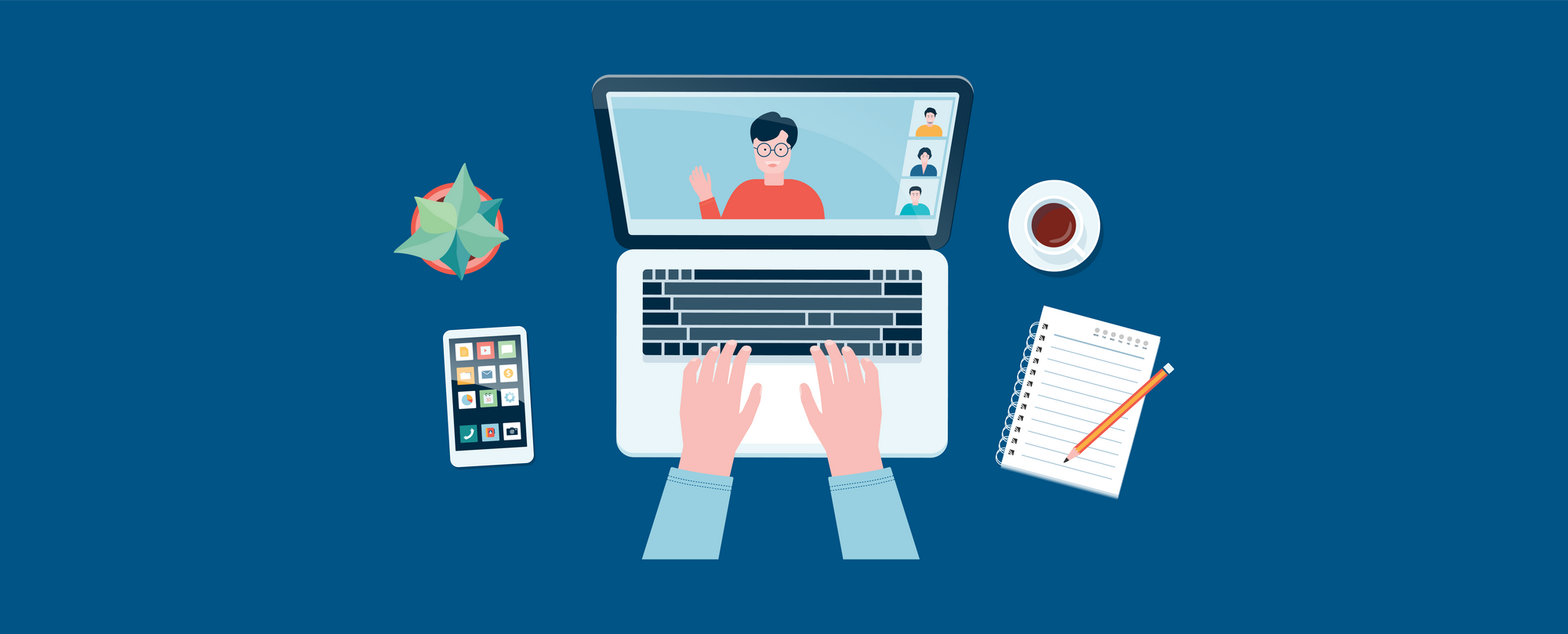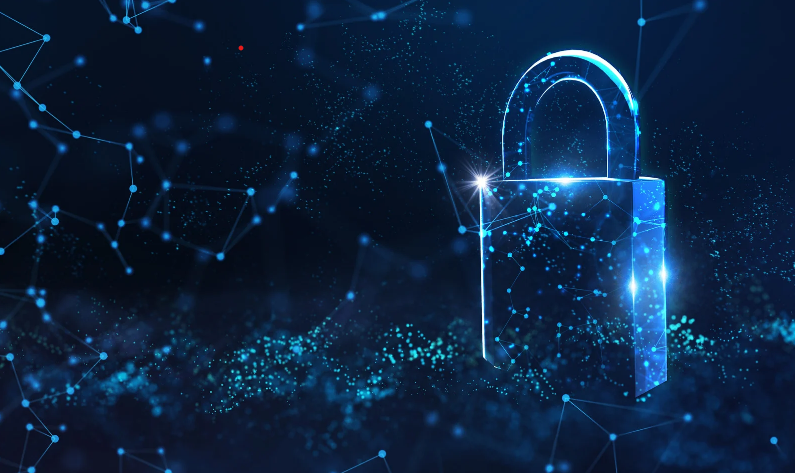Secure Remote Work: Best Practices

The global shift towards remote work has brought unprecedented flexibility and efficiency to the workforce, but it has also presented new challenges for cybersecurity.
With employees accessing company networks and sensitive data from various locations, the need for robust remote work security practices has never been more critical. This article explores best practices and recommended solutions to secure remote work environments effectively.
Best Practices for Securing Remote Work:
- Use Secure Virtual Private Networks (VPNs):
- Encourage employees to connect to the company network through secure VPNs to encrypt their internet connection and protect sensitive data from potential eavesdropping.
- Multi-Factor Authentication (MFA):
- Implement MFA to add an extra layer of security, requiring users to verify their identity through multiple steps, such as passwords, biometrics, or authentication codes.
- Device Security:
- Ensure that all devices used for remote work are equipped with updated antivirus software, firewalls, and the latest security patches to mitigate vulnerabilities.
- Endpoint Protection:
- Deploy comprehensive endpoint protection solutions that include antivirus, anti-malware, and intrusion detection capabilities to safeguard individual devices from various cyber threats.
- Employee Training and Awareness:
- Conduct regular cybersecurity training sessions to educate remote employees about potential threats, phishing attacks, and the importance of following security protocols.
- Secure Collaboration Tools:
- Choose and implement secure collaboration tools with end-to-end encryption, ensuring that communication and file sharing remain confidential and protected from unauthorized access.
- Data Encryption:
- Enforce encryption for sensitive data during transit and storage, preventing unauthorized access even if the data is intercepted during remote work activities.
- Regular Software Updates:
- Maintain a strict policy for keeping all software, including operating systems and applications, up-to-date to patch security vulnerabilities and enhance overall system resilience.
- Secure Home Networks:
- Encourage employees to secure their home networks with strong passwords, WPA3 encryption, and router security settings to prevent unauthorized access.
- Remote Desktop Protocol (RDP) Security:
- If using RDP for remote access, secure it with strong authentication, limit access permissions, and regularly audit and monitor remote desktop connections.
Recommended Solutions for Securing Remote Work:
- Enterprise-Grade VPNs:
- Utilize enterprise-grade VPN solutions that offer robust encryption, secure tunneling, and centralized management to ensure secure remote access to company networks.
- Zero Trust Security Framework:
- Implement a Zero Trust security model that verifies every user and device attempting to connect to the network, regardless of their location, ensuring continuous authentication and authorization.
- Cloud-Based Security Solutions:
- Leverage cloud-based security solutions for email protection, web filtering, and threat intelligence, providing advanced threat detection and mitigation capabilities.
- Mobile Device Management (MDM):
- Employ MDM solutions to manage and secure mobile devices used for remote work, enforcing security policies, and enabling remote wipe capabilities in case of device loss or theft.
- Identity and Access Management (IAM):
- Implement IAM solutions to manage user identities, control access permissions, and monitor user activities, reducing the risk of unauthorized access to sensitive data.
- Endpoint Detection and Response (EDR):
- Deploy EDR solutions for real-time monitoring, threat detection, and rapid response to security incidents on remote devices.
- Secure File Sharing Platforms:
- Choose secure file sharing platforms with advanced encryption and access controls to ensure the confidentiality and integrity of shared documents.
Conclusion:
Securing remote work environments requires a multifaceted approach that combines best practices with advanced cybersecurity solutions. By implementing secure VPNs, embracing a Zero Trust security framework, leveraging cloud-based security solutions, and investing in technologies like MDM, IAM, and EDR, organizations can create a robust defense against the evolving threat landscape. Additionally, ongoing employee training and awareness initiatives play a pivotal role in building a security-conscious remote workforce.
As remote work continues to be a prominent aspect of the modern workplace, prioritizing cybersecurity measures is essential for protecting sensitive data and maintaining a safe and productive remote work environment.
You think you have a story worth everyone’s time? SUBMIT A STORY and we will publish it.
Share this content:




Post Comment